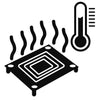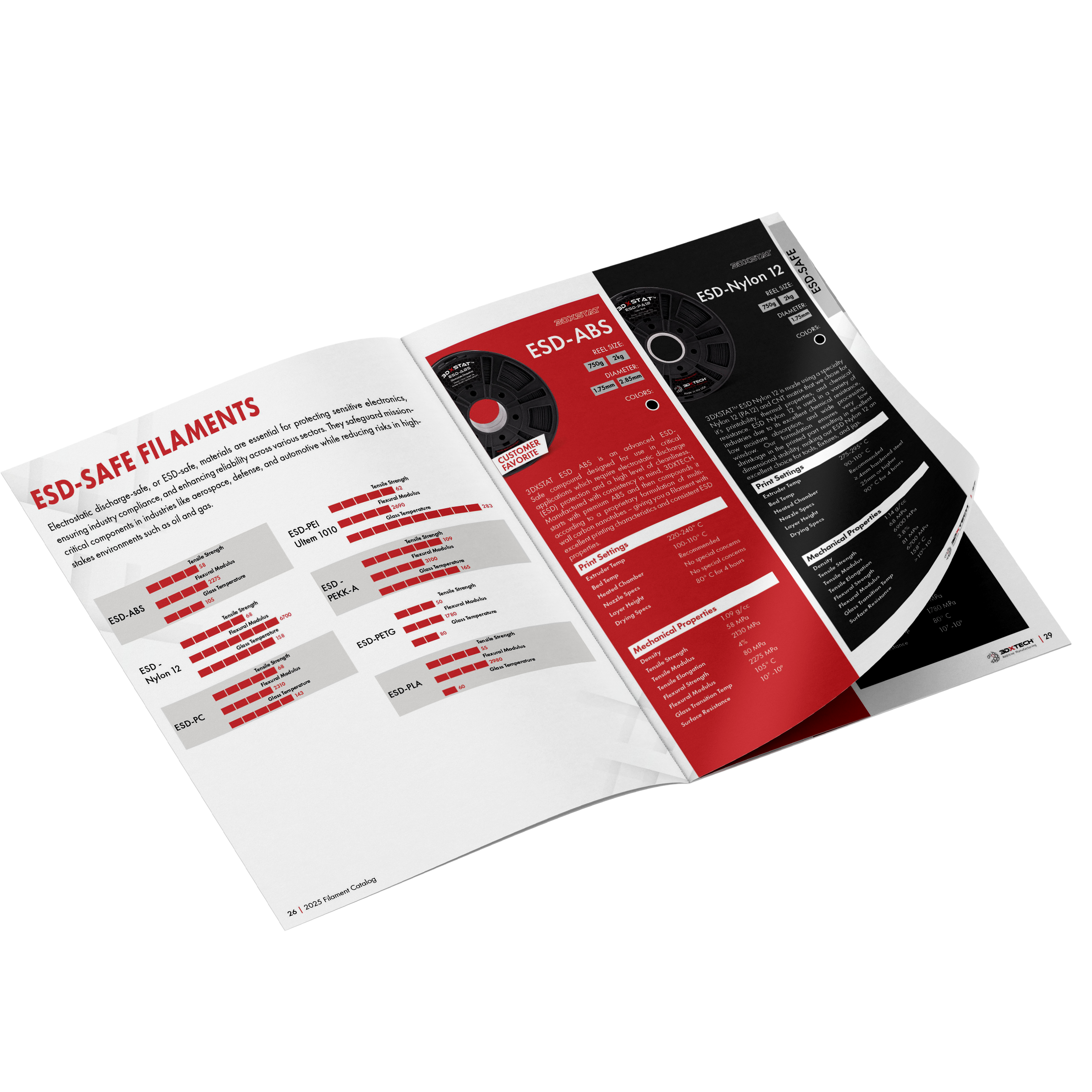ThermaX PES
Polyether Sulfone (PES or PESU) is a high-temperature aromatic sulfone polymer that exhibits xceptional thermal, mechanical, and chemical resistance properties. PES is part of the PAES (Poly Aryl Ether Sulfone) family of polymers, which includes PSU, PES, and PPSU. ThermaX PES is an amorphous polymer and has excellent dimensional stability and creep resistance.
PES has higher temperature resistance and toughness than Ultem 1010, offering the ability to print parts with higher mechanical properties at elevated temperature.
MADE IN THE USA
We manufacture all of our filaments in our 68,000 ft² manufacturing facility (located in Grand Rapids, Michigan) using state-of-the-art equipment and processes. Our goal continues to be to make the most innovative filaments on the market – targeting difficult end-use applications.


Print Recommendations






Product Performance Comparison

New Digital Catalog


